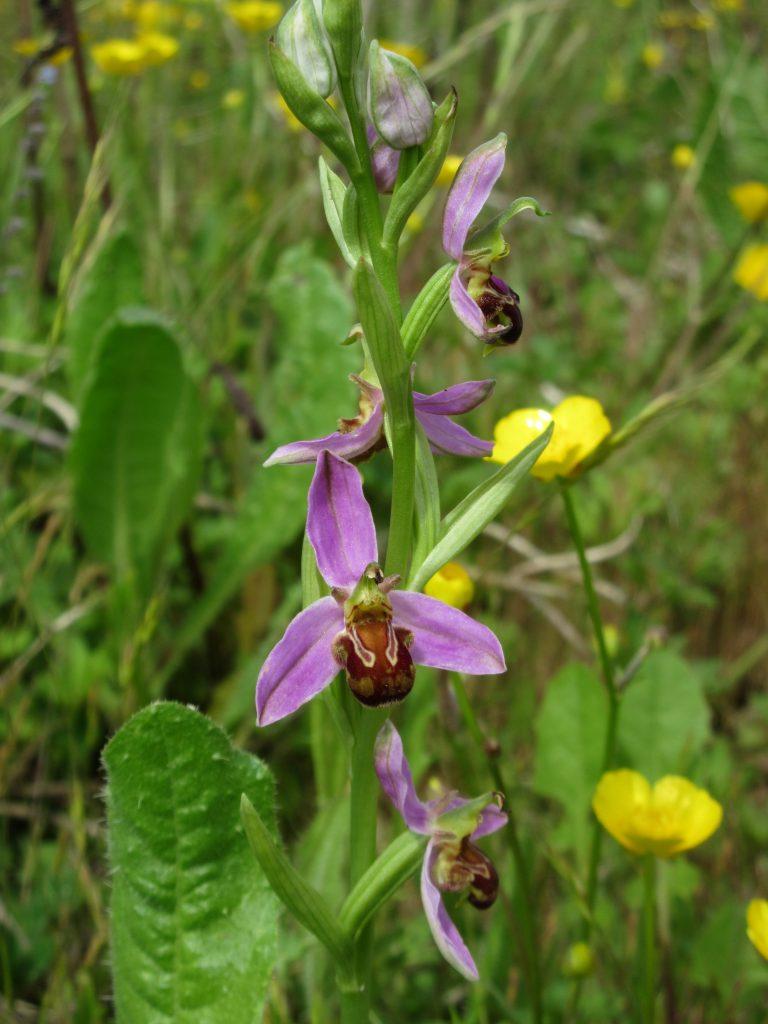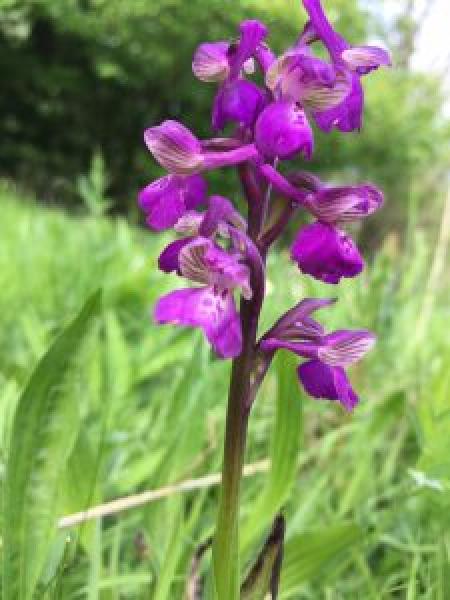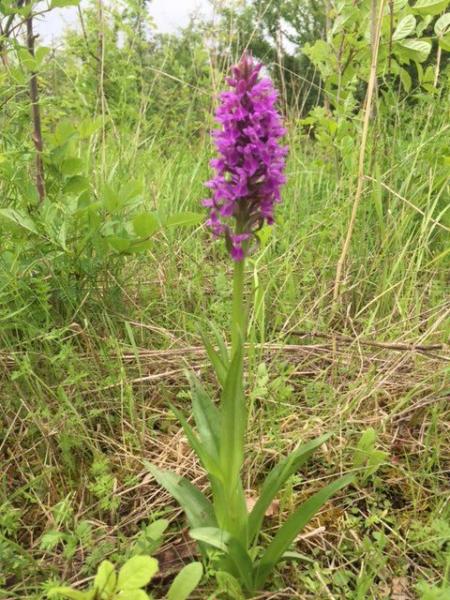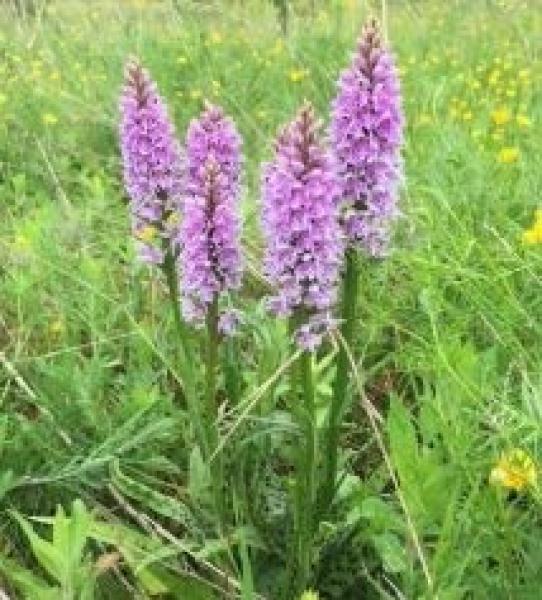
Orchids - precious plants in the Forest
Orchids have been described as ‘Mother Nature’s masterpiece’ and if you’re lucky enough to encounter one on a visit to the Heart of England Forest it’s easy to see why. You’ll have to be sharp-eyed to spot one, but if you do there are few more rewarding woodland wonders.
What is an orchid?
Orchids represent one of the most diverse, beautiful and intricately evolved flowering plant groups. Of the 25,000 or so species of orchid worldwide, around 52 have been recorded in the British Isles. All native orchids found here are terrestrial, meaning that they live their lives on the ground, while elsewhere in the world many species grow on the limbs of trees.
Like any family, there are specific traits that identify orchids. Firstly, orchids are perennials, flowering each year usually at a specific time – in Britain this is always the spring and summer. They have fleshy roots or tubers similar to a bulb, with unstalked and undivided leaves. A large number of our British species also form a leaf rosette which is a circular arrangement of leaves lying close or flat to the ground.
Some species, such as the bee orchid, grow new leaves during the autumn which sit above ground through the winter, whereas others only appear above ground during the spring shortly before flowering. The flowers of an orchid are carried in a spike, with each symmetrical flower consisting of three sepals and three petals. One petal is usually highly modified in form, size and colour and this is called the labellum or lip.
A rare beauty
While the British Isles host both Mediterranean and sub-arctic species of orchid, many are very rare, requiring very specific conditions in fragile habitats, and are protected by law. The disappearance of ancient woodland over the last century has played a major role in the declining orchid population, so here at the Heart of England Forest we pride ourselves in continuing to provide a home for many species of this delicate and delightful flower.
Here’s our guide to a few of the orchid species to be found in and around the Forest and where and when you might spy them….
Top 5 orchids to spot around the Forest





So, keep your eyes peeled the next time you visit, and you may be lucky enough to spot one of these rare orchids. But please don’t pick these wildflowers – leave them to be enjoyed by all. Instead, take a photo and share these with us on Facebook, Twitter or Instagram or email us at info@heartofenglandforest.org - we would love to hear from you!



